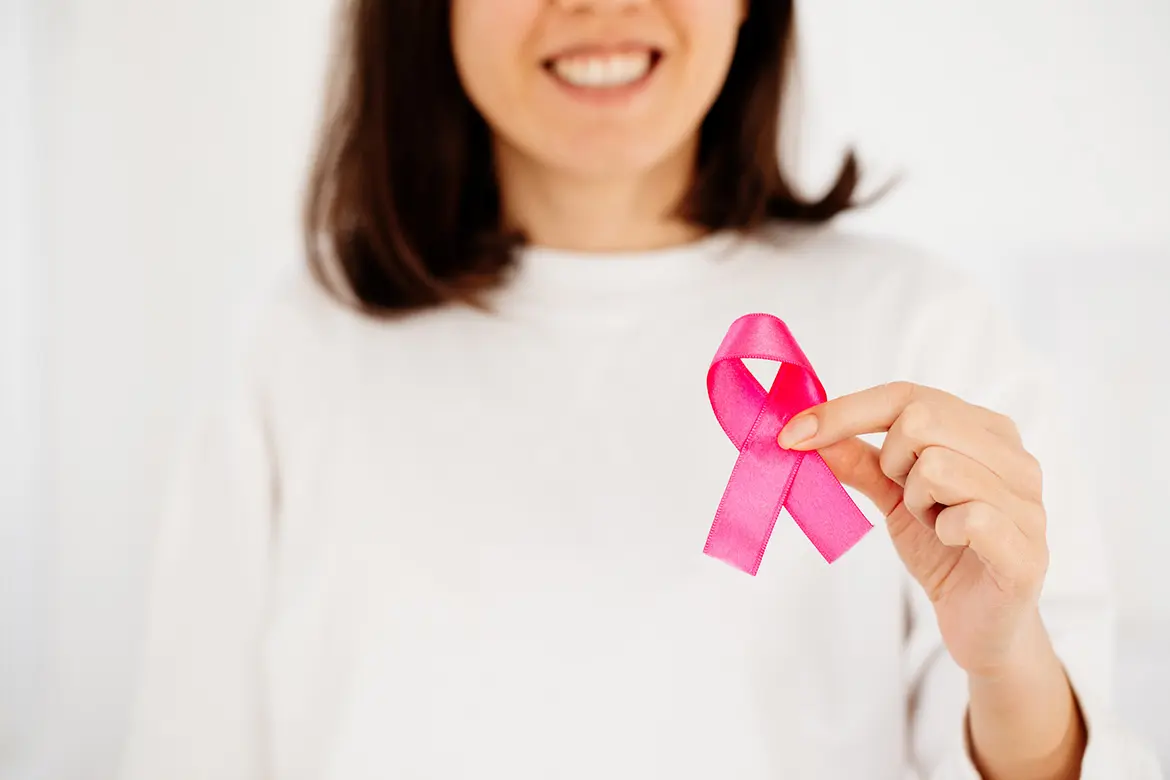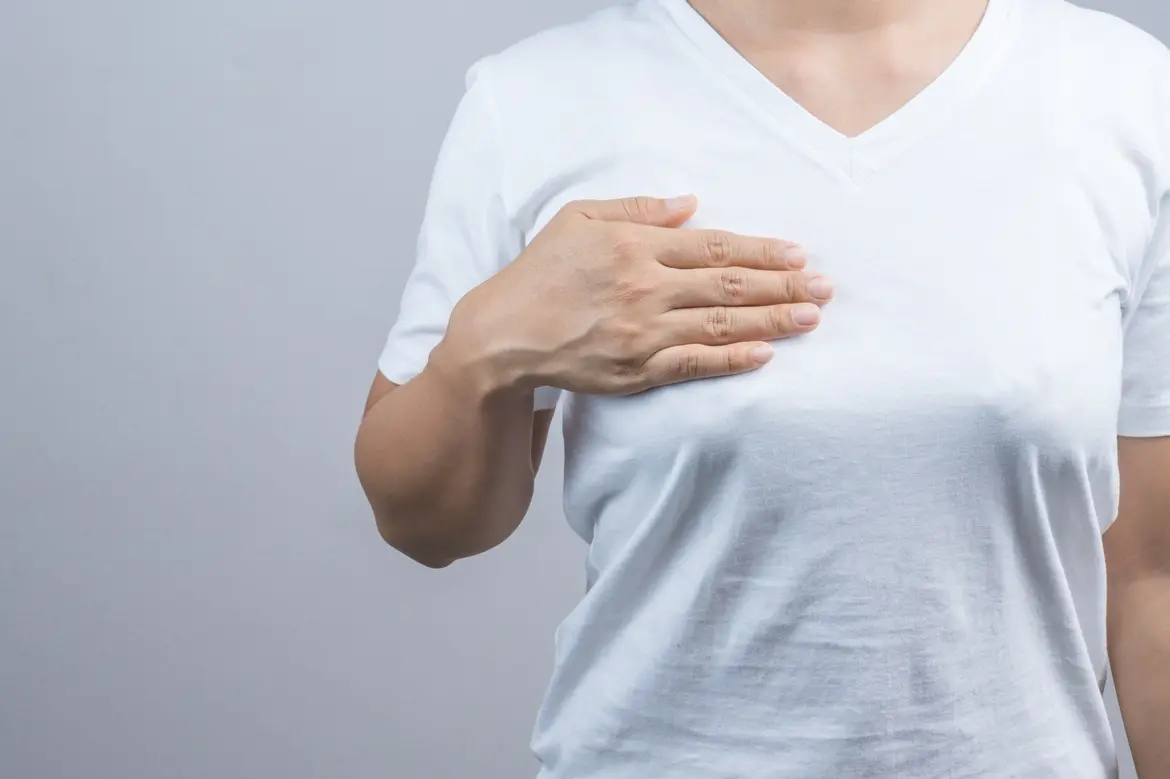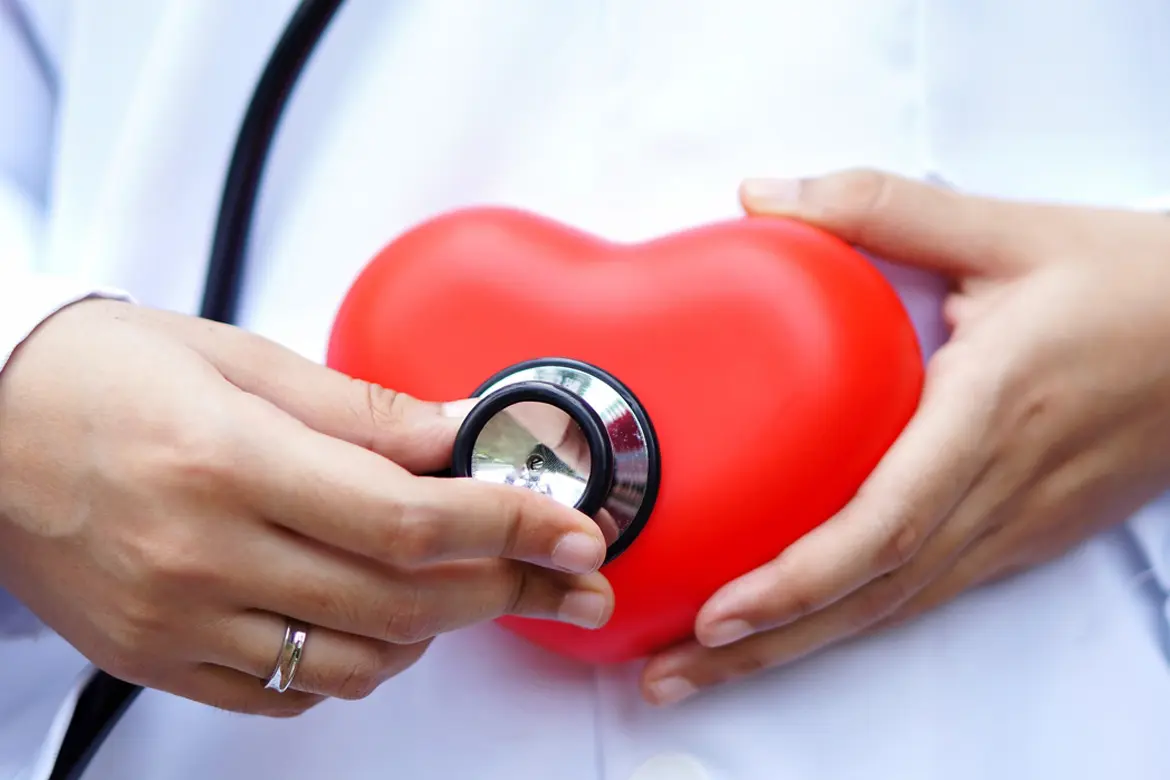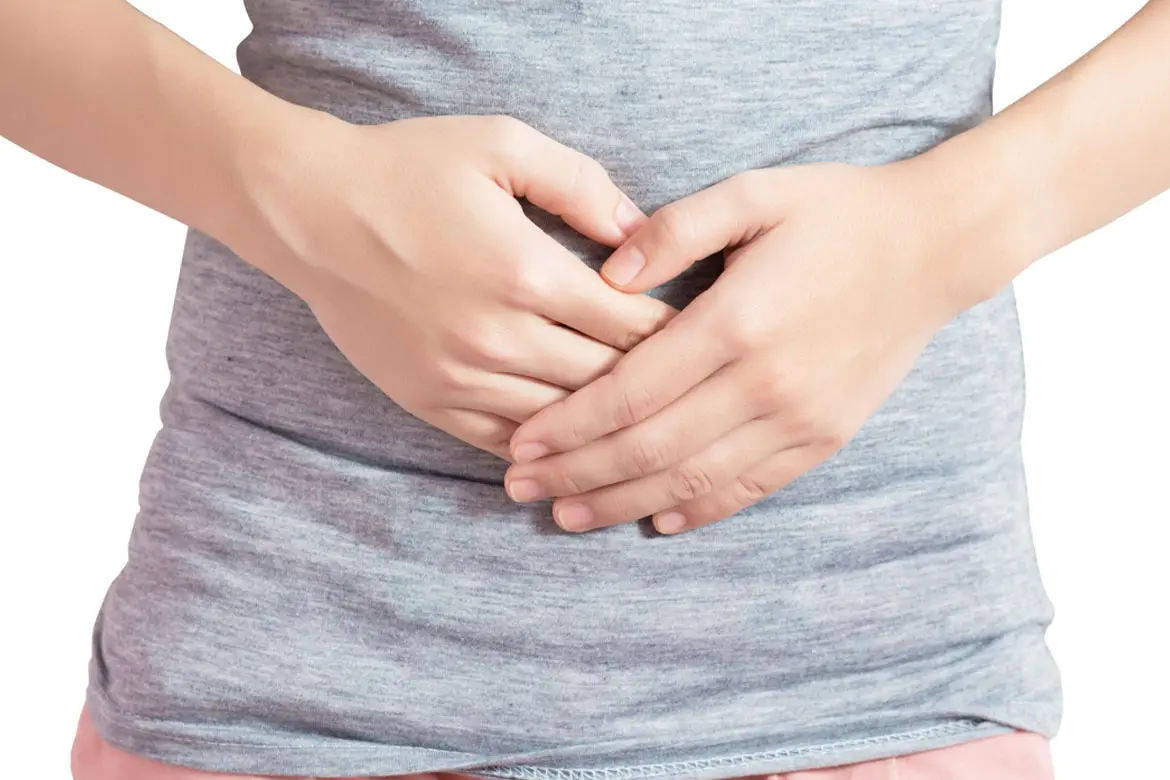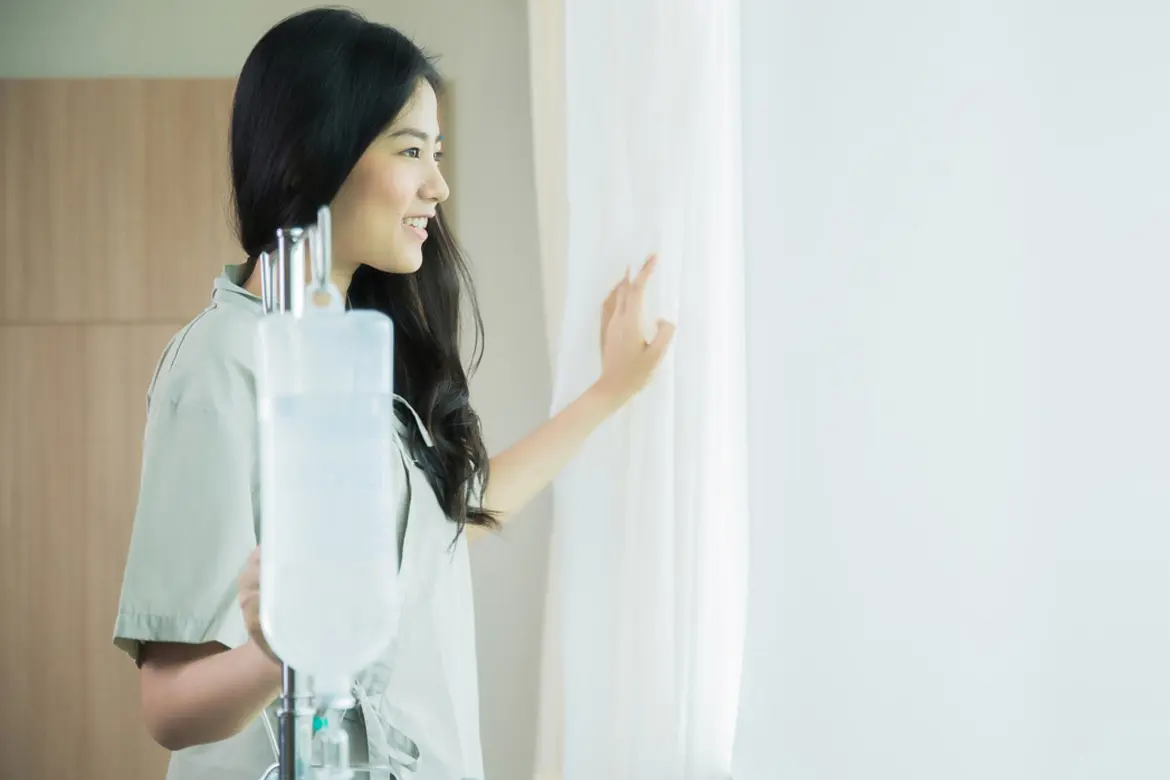In fact, in Singapore, the rate of breast cancer has tripled since 40 years ago. Today, breast cancer is the most common cancer among women in Singapore. It is also the leading cause of cancer death in Singaporean women. 1 in 16 women in Singapore will be diagnosed with breast cancer in her lifetime.
What are the causes of breast cancer?
Many people believe that wearing underwire bras or getting breast implants cause cancer, but that is entirely untrue!
The exact causes of breast cancer are largely unknown, but there are some factors that may increase our risk of developing it.
Lifestyle factors
Some of our lifestyle choices which we can change include smoking, heavy consumption of alcohol, and an unhealthy diet.
So those Friday night drinks, accompanied by decadent high-fat snacks and a few after-dinner cigarettes, might come with serious consequences over time as consuming a copious amount of alcohol makes us more susceptible to developing breast cancer.
The sedentary lifestyle of a couch-potato and being obese are also factors that can increase our risk so perhaps alternative weekend plans could be considered. Instead of late nights out or sleeping in, you could try taking a walk in the park, sign up for yoga or Pilates or just grab your friends for a game of badminton, to help you to stay active and trim.
Making healthier choices and modifying your lifestyle by eating a more balanced diet and getting more exercise, in addition to quitting smoking, are important steps in reducing your risk.
Other risk factors
Other factors that increase our risk of developing breast cancer are beyond our control, unfortunately. These are known as non-modifiable risk factors, such as getting older, family history of breast cancer, genetics, and ethnicity. For example, in Singapore, it has been found that Chinese women are at higher risk of developing breast cancer than Malay and Indian women. Other factors include the age at which a woman starts menstruation and menopause.
What are the signs and symptoms of breast cancer?
The majority of lumps in breasts are found to be benign, however it’s important to perform regular self-breast examinations and remain vigilant for any unusual changes. These include:
- A flat or indented area on the breast, which could indicate a tumour
- A lump in the breast or armpit that does not go away
- Any changes in breast size, contours, texture or temperature
- Any changes in the nipple, such as sores, fluid discharge, shifting or retraction
- Swelling in your armpit or near your collarbone
- Swelling, pain or tenderness, even in the absence of a noticeable lump
If you find any of these symptoms, make an appointment immediately with your doctor to get yourself screened. Remember, just because the majority of lumps are not cancerous, do not be complacent if you discover a lump in your breast – get it checked out.
Early detection of breast cancer
Even if you don’t have any of the above symptoms, it is still advisable to go for regular screenings as early-stage breast cancer usually does not exhibit any symptoms.
By going for screenings, you are conducting a routine check to make sure that your breast is free of disease. If the results are negative, great! But even if they detect cancer, it is much better to have it discovered at this stage than later, when symptoms start showing up.
Early detection of breast cancer means that your cancer is likely to be smaller and still confined in one spot. This makes it much easier to treat and manage the cancer. It possibly means a longer lifespan, less chances of the cancer recurring, and a higher chance of preserving the breast.
In a nutshell, early detection and treatment offers the best chance of recovery from breast cancer.
On the other hand, if the disease is put off till later, the cancer would have spread to other parts of the body, making it difficult to treat and control. The 5-year survival rate also drops significantly for cancer detected at later stages. It suffices to say that most breast cancer deaths are a result of late detection, which is unfortunate, because it is preventable.
How else can I protect myself from breast cancer?
Apart from regular screenings at the hospital, there are also monthly breast self-examinations that you can do in the comfort of your own home. For those of you still having your period, it should be done on the same day each month, 3 to 5 days after the end of your period. As for the older ladies among us who have already undergone menopause, all you have to do is perform the test on the same day each month. If you observe any symptoms, try to get them checked out as soon as possible. Either way, knowledge of a lump being benign would be a load off your chest, and if it turns out to be cancerous, early detection is essential.
By going for regular screenings, breast cancer can be detected and treated earlier and much more effectively. Plus, the results are encouraging. If you have not gone for a scan before, why not make an appointment today? A scan today might just save you from far more serious conditions in the future.
